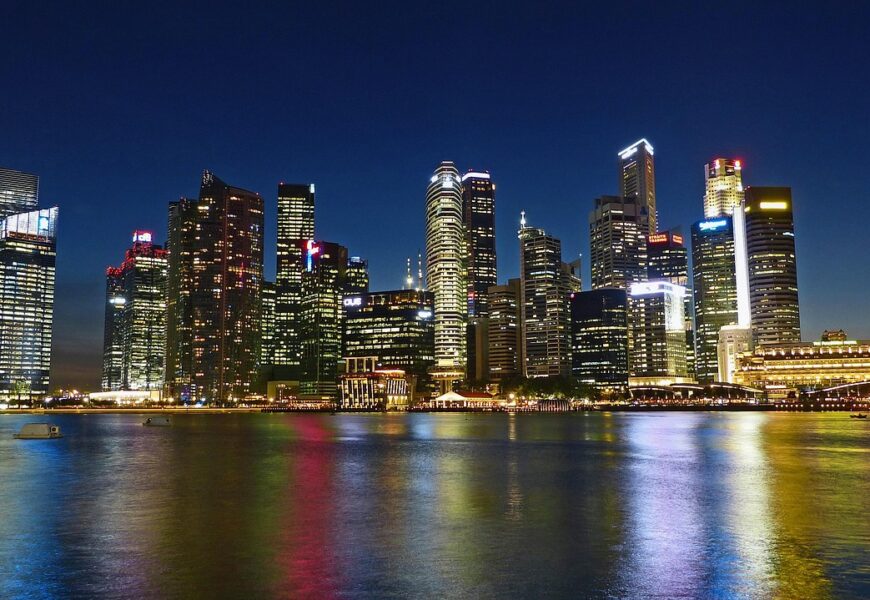Thailand’s red light districts represent a complex and controversial aspect of the country’s tourism landscape, attracting global attention for decades. These areas, primarily located in major cities like Bangkok and Pattaya, have become infamous for their adult entertainment venues, complex social dynamics, and intricate economic ecosystems. While often sensationalized in media and popular culture, these districts involve multifaceted human experiences that extend far beyond simplistic stereotypes. Understanding these areas requires nuanced examination of economic, social, and cultural factors that have shaped their development and continuing existence.
Historical Context and Origins
The emergence of Thailand’s red light districts can be traced back to complex historical processes involving economic development, post-war tourism, and socioeconomic disparities. Following World War II and during the Vietnam War era, international military presence significantly influenced the growth of entertainment districts catering to foreign servicemen. Economic opportunities in urban centers drew rural populations seeking alternative income streams, creating intricate networks of employment within adult entertainment sectors.
These districts evolved from informal gatherings to structured entertainment zones, developing sophisticated organizational structures that provided economic opportunities for marginalized populations. The transformation reflected broader societal changes, including urbanization, global economic integration, and shifting cultural norms around sexuality and employment.
Geographic Concentration and Major Locations
Thailand’s most prominent red light districts are concentrated in Bangkok and Pattaya, with notable areas including Patpong, Nana Plaza, and Walking Street. Bangkok’s Sukhumvit area, particularly Soi Cowboy, represents a prime example of a well-established entertainment district. Each location possesses unique characteristics, demographic compositions, and operational dynamics that distinguish them from one another.
Pattaya’s Walking Street represents perhaps the most notorious entertainment zone, spanning approximately 500 meters and hosting hundreds of establishments. These districts are not monolithic but rather complex ecosystems with diverse entertainment options ranging from go-go bars to more sophisticated venues catering to different clientele preferences and economic brackets.
Legal and Regulatory Landscape
Thailand’s legal framework surrounding adult entertainment remains complex and often ambiguous. While prostitution is technically illegal, enforcement remains inconsistent, creating a quasi-legal environment. Government regulations attempt to balance economic interests, public health concerns, and social morality. Periodic crackdowns and regulatory changes demonstrate ongoing attempts to manage and control these districts.
Local authorities implement licensing requirements, health screenings, and age verification protocols to mitigate potential exploitation and health risks. However, implementation remains challenging due to the extensive informal networks and economic interdependencies within these entertainment zones.
Economic and Social Implications
Red light districts contribute significantly to local economies, generating substantial revenue through tourism, entertainment, and associated service industries. These areas provide employment opportunities for thousands of individuals, often from economically disadvantaged backgrounds. However, this economic model simultaneously raises critical ethical questions about labor conditions, personal agency, and potential exploitation.
The economic ecosystem extends beyond direct entertainment venues, encompassing supporting industries like hospitality, transportation, and peripheral service sectors. This complex economic network demonstrates the profound interconnectedness of these districts with broader urban economic structures.
Cultural and Global Perspectives
International perceptions of Thailand’s red light districts often oscillate between sensationalism and misunderstanding. Responsible examination requires acknowledging the nuanced human experiences embedded within these spaces. Cultural anthropologists emphasize the importance of understanding local contexts, economic motivations, and individual narratives rather than applying simplistic moral judgments.
Global discussions increasingly focus on human rights, economic empowerment, and strategies for providing alternative economic opportunities for vulnerable populations. These conversations reflect evolving international perspectives on sex work, labor rights, and social justice.
In conclusion, Thailand’s red light districts represent far more than stereotypical representations suggest. They embody complex social, economic, and cultural phenomena requiring sophisticated, empathetic understanding. While challenging and controversial, these districts reflect broader global dynamics of economic migration, labor markets, and societal transformation. Future approaches must prioritize human dignity, economic empowerment, and comprehensive social support systems that provide meaningful alternatives and protect individual agency.









